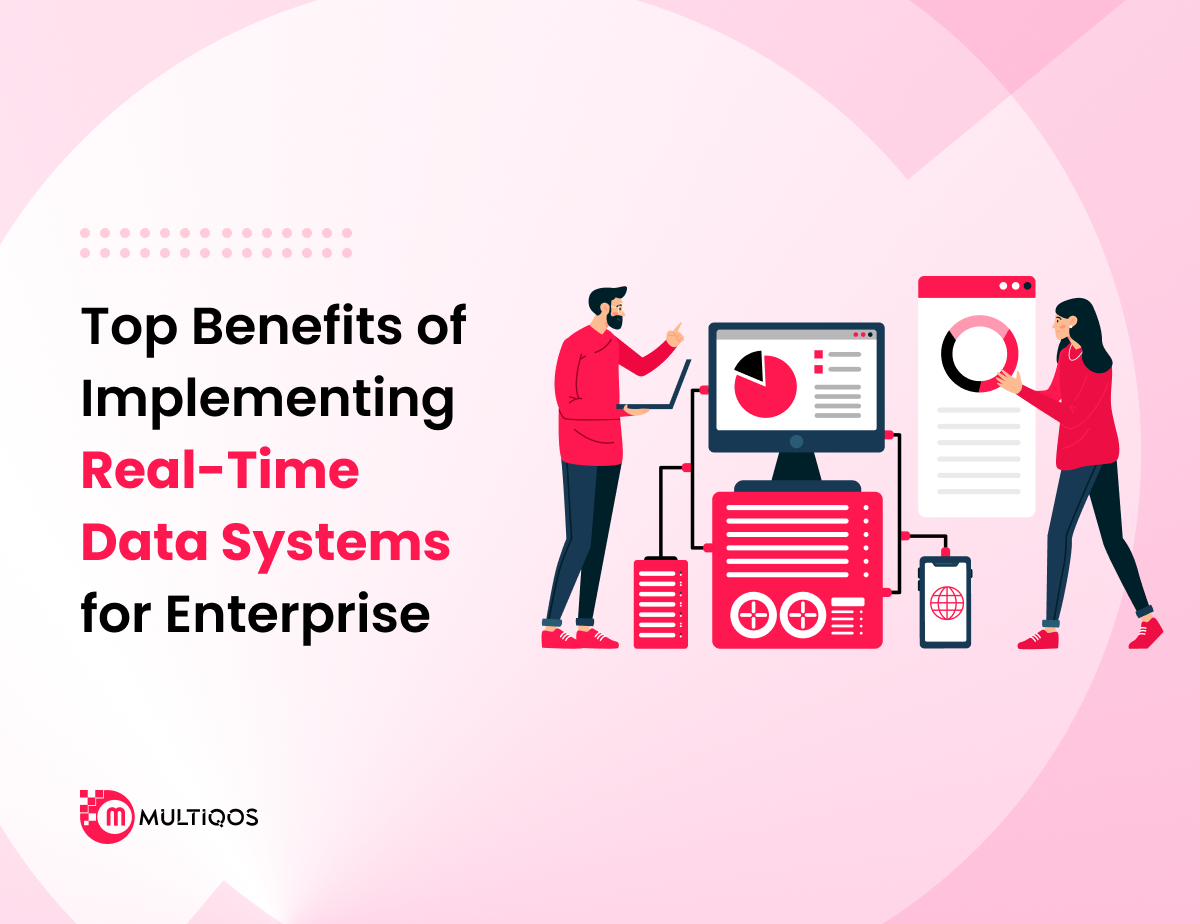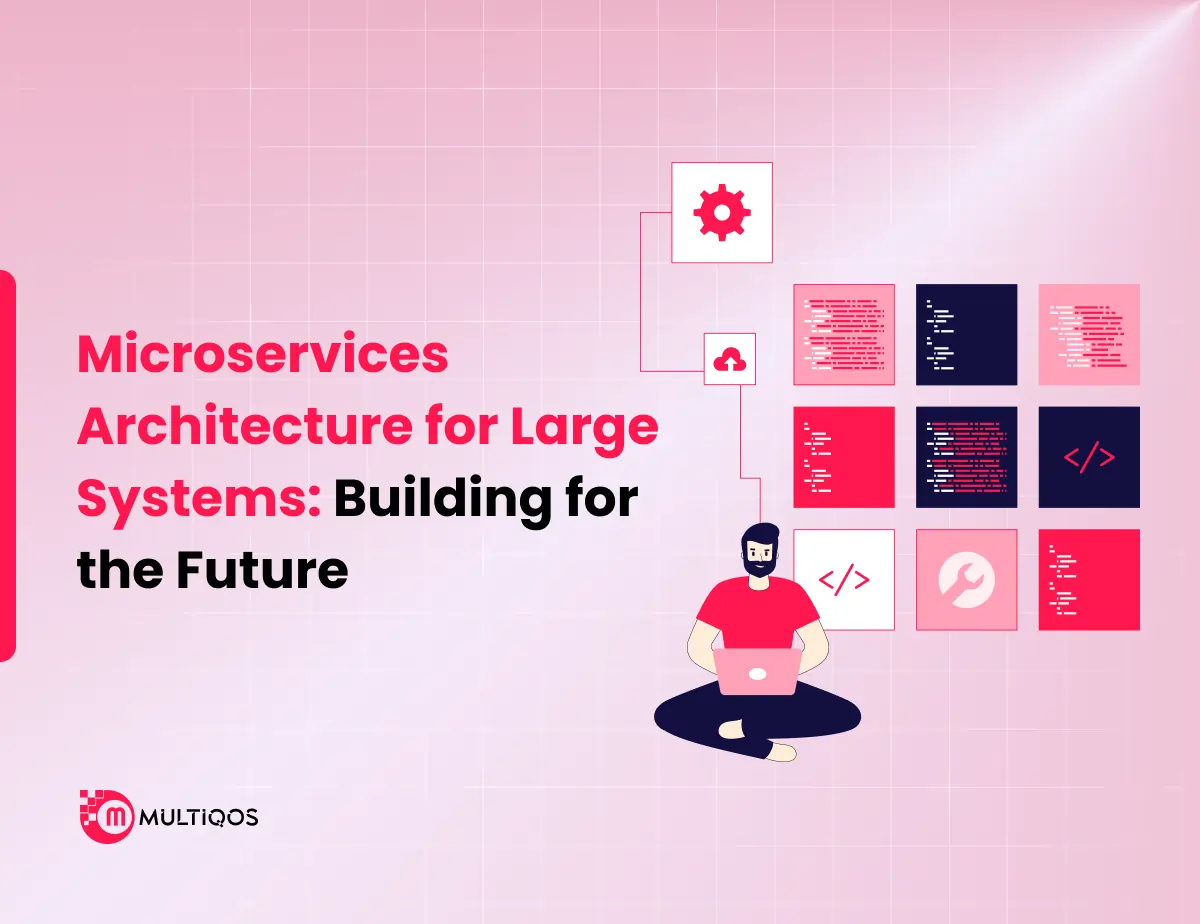What Is Green Software Development? A Beginner’s Guide

Summary:
Green software development is an emerging approach that emphasizes building software applications with sustainability in mind. This beginner’s guide breaks down the concept, explaining how developers and organizations can reduce the environmental impact of their digital products.
It explores the growing need for energy-efficient, carbon-conscious code due to the massive power consumption of data centers, cloud services, and digital infrastructure. Readers will learn the core principles of green software engineering, including energy efficiency, hardware optimization, and sustainable architecture design.
Whether you’re a student, a developer, or part of a forward-thinking tech company, this guide offers actionable insights to help you start your journey toward greener, more responsible software development.
Introduction
When our world becomes increasingly digital, the environmental impact of technology advances at a rapid pace. From large data centers to everyday mobile apps, software uses energy, and a carbon footprint comes with it, which we can no longer ignore. While permanent hardware and renewable energy sources have attracted attention, climate-wise innovation has a new selection: Green software development.
Green software development is a modern approach to creating digital solutions that are not only functional and effective but also environmentally friendly. Whether you are a first discovery or an experienced developer, it is important to understand this concept in today’s technical world.
What is Green Software Development?
Most people do not realize that the software we use every day has an impact on the environment. Green software development is about writing programs that work without wasting energy. It’s not just about cutting back on power—it’s about being smarter with how things run behind the scenes. Developers might clean up bulky code, avoid unnecessary processes, or pick hosting options that use less energy.
When a software development company focuses on this, they’re not just building apps—they’re thinking long term. It’s about helping businesses do things in a cleaner, more efficient way. You’re not sacrificing quality, just avoiding waste. In the end, it’s better for the planet, and probably better for your budget too.
Principles of Green Software Development
Green software development focuses on reducing the environmental impact of software. It’s not just about pure code – it’s all about making smart decisions at all stages. Here are some of the most important principles that govern this approach:
- Carbon efficiency: This means building software that produces minimal carbon emissions. Developers consider where and how the code runs, and when it is possible to choose platforms and cloud areas operated by cleaner energy sources.
- Energy Efficiency: The software should use the minimum amount of energy required to do its work. That means optimizing algorithms, reducing background tasks, and avoiding features that burn through unnecessary power.
- Carbon Awareness: Being carbon-aware is about understanding the effect of our digital decisions. Developers and teams need to think about how design options affect emissions and trade off against the stability of the mind.
- Hardware Efficiency: Good software goes well on existing hardware without pushing it to its limits. If an app is forcing users to upgrade only devices, it is not hardware-educated. The goal is to create devices that work evenly in a series of systems.
- Demand Shaping: This means adjusting how and when software is used. For example, encouraging users to run updates during off-peak hours or to move the treatment at a time when the energy cleaner helps with low emissions.
- Networking Efficiency: More data is transferred to the Internet, and more energy is used. Green development is looking for ways to reduce data transfer, such as compressing files, proper payment, or limiting unnecessary network calls.
- Data Efficiency: Storage and processing of data takes energy. The purpose of the developers is to only use the data that is really necessary, clean the old or unused files, and avoid collecting excessive information. Smart data use means the use of low energy.
What are the Benefits of Green Software Development?
Green software development is a great approach that is focused on creating energy-efficient, environment-friendly, and sustainable software development solutions. Below are the biggest benefits of developing green software:
1. Lower Energy Consumption
Green software development emphasizes ongoing software that requires low processing power and memory. Lightweight apps, optimized infrastructure, and effective algorithms eliminate the demand for energy consumption for tools and data centers, which can lead to more sustainable operation.
2. Reduced Carbon Footprint
When the utilization of energy consumption is reduced and you’re adopting environment-friendly practices, green software development can surely help mitigate carbon emissions that are highly related to software development. This deficiency is particularly notable in the system and the Cloud Computing environment, where resource utilization is crucial.
3. Cost Savings
Energy-capable software directly reduces the needs of low-use and low-infrastructure bills. Green software development can also reduce the need for hardware upgrades over time, which saves organizations significantly and reduces operating expenses.
4. Longer Hardware Lifespan
Effective software has less stress on hardware components, reducing wear and tear. Consequently, devices can work effectively for a long time, reduce electronic waste, and cut replacement costs.
5. Positive Brand Image
Adopting green software development indirectly reflects the company’s commitment to environmental responsibility. It strengthens the reputation of the brand, supports compliance with stability regulations and standards, and attracts conscious customers about the environment.
Best Practices for Green Software Development
Green software development is about designing software solutions that are both very effective and environmentally sustainable. This encourages developers to use energy-conscious habits that reduce resource consumption without compromising functionality. Below are the best practices that help create Green software development:
1. Write Efficient Code
One of the main principles for Green software development is to write clean, customized code. If the algorithms are effective and reliable, they use less CPU and memory, which can eliminate energy consumption. Developers should not consider unnecessary loops, memory-intensive operations, and redundant computations. Also, make sure that the code that moves quickly and requires low resources can lead to reduced environmental effects.
2. Use Energy-Efficient Infrastructure
Make sure to choose a reliable and effective infrastructure when it comes to sustainable software development. Cloud suppliers might be dependent on renewable energy sources and provide carbon-neutral services that are a perfect fit when aligned with goals for green software development. Distributing applications on an efficient server or server-free architecture can cut a lot on power consumption.
3. Reduce Data Transfers
Transferring a massive amount of data requires significant energy. Green software encourages the development of files to reduce the data movement by compressing files, using payment strategies, and locally processing data whenever possible. Reducing API calls, reducing HTTP requests, and limiting background data also contribute to energy savings.
4. Optimize for Low-End Hardware
The design software that runs well on a low-speed unit helps reduce electronic waste and increase the safety of chronic hardware. As we all know, green software growth promotes high convenience and light apps that perform well on a wide range of equipment and allow users to delay unnecessary upgrades and reduce their general environmental impact.
5. Monitor and Improve Continuously
Sustainability is an ongoing process. Green software development includes monitoring energy consumption and system performance regularly. Using tools to track software efficiency, identify bottlenecks, and iterate based on metrics ensures continuous improvement toward more sustainable outcomes.
Conclusion
Green software development is more than just a trend-it is a responsible, forward-looking approach that is for construction technology that corresponds to global stability goals. Developers can play an important role in reducing their digital carbon footprint by focusing on energy efficiency, reducing resource consumption, and using environmentally friendly practices.
Companies that prefer stability not only contribute to a better future, but also get a competitive management in a quick marketplace.If you want to integrate stability into your technical initiatives, it is necessary to hire software developers who understand the green development practice and give them. The right team can help you create scalable, talented, and environmentally responsible digital solutions.
FAQs
Honestly, it’s easy to forget that the internet runs on real machines. All the cloud stuff? It’s physical somewhere. Servers, data centers—they eat up a ton of electricity. And that power? Not always clean. So yeah, making software that uses fewer resources? It actually helps. It’s not just about saving money—it’s about not frying the planet.
It’s just about not being wasteful. Think of it like this: If you can write something that gets the job done without being a resource hog, why wouldn’t you? Use what’s needed. Cut the fluff. That’s it.
Best advice? Keep things simple. Avoid bloated libraries. Don’t run background stuff if no one’s using it. Clean up your code. Choose tools that don’t drain performance. And yeah, maybe host your app with a company that uses renewable energy. All of it adds up.
Sure. Some tools let you see how much energy your code uses. Others flag inefficient bits. But honestly, half the time you can tell just by looking. If your app feels heavy or slow, it probably is.
Upfront? Maybe a little—if you count your time. Long term? Probably not. Better code runs faster, uses less energy, and crashes less. That saves money. Plus, people actually like using things that don’t lag and stay ahead of the competition.
Get In Touch








